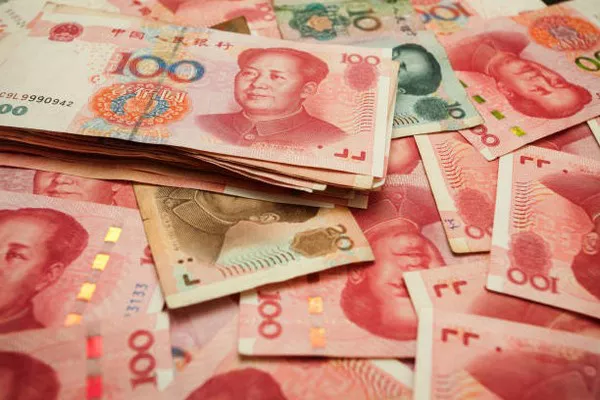China, with its rich history and booming economy, plays a significant role in the global financial landscape. Central to its economic prowess is its currency, the Renminbi (RMB). Understanding the intricacies of China’s currency system is crucial for anyone involved in international trade, finance, or simply interested in the dynamics of the world economy.
The Renminbi (RMB):
The official currency of the People’s Republic of China is the Renminbi, abbreviated as RMB, and its symbol is ¥. The term “Renminbi” translates to “People’s Currency” in English, reflecting the country’s socialist principles. The primary unit of the Renminbi is the yuan, with other subunits like jiao and fen.
Yuan, Jiao, and Fen:
Yuan (CNY): The yuan is the basic unit of the Renminbi and is commonly referred to as the Chinese yuan. It is further divided into 10 jiao or 100 fen. The yuan is often denoted by the symbol ¥, and its ISO code is CNY.
Jiao: Jiao is a subunit of the Renminbi, and 10 jiao make one yuan. While jiao coins are less common, jiao banknotes are widely used in daily transactions.
Fen: Fen is the smallest unit of the Renminbi, and 100 fen make one yuan. Similar to jiao, fen is rarely used in everyday transactions, and its presence is more prominent in accounting and financial contexts.
The Internationalization of the Renminbi:
Over the past decade, China has taken significant steps to internationalize its currency, aiming to elevate the Renminbi’s status on the global stage. The internationalization process involves promoting the use of the Renminbi in international trade, finance, and investment.
Key measures to internationalize the Renminbi include the establishment of offshore Renminbi centers, the issuance of offshore Renminbi bonds (Dim Sum bonds), and the inclusion of the Renminbi in the International Monetary Fund’s (IMF) Special Drawing Rights (SDR) basket in 2016.
Offshore Renminbi Centers:
China has set up offshore Renminbi centers in various global financial hubs, such as Hong Kong, London, and Singapore. These centers facilitate the use of the Renminbi in international trade and investment by providing a platform for offshore Renminbi transactions.
Dim Sum Bonds:
Dim Sum bonds are Renminbi-denominated bonds issued outside mainland China. These bonds play a crucial role in attracting foreign investors and expanding the Renminbi’s presence in the global financial market. The nickname “Dim Sum” is a nod to the variety of Chinese cuisine and highlights the international appeal of these bonds.
Inclusion in the SDR Basket:
In 2016, the Renminbi achieved a milestone by joining the IMF’s SDR basket, alongside the U.S. dollar, euro, Japanese yen, and British pound. This recognition marked the Renminbi’s ascent as a global reserve currency, underscoring China’s economic significance.
Exchange Rate Mechanism:
The value of the Renminbi is determined by a managed floating exchange rate system, where the People’s Bank of China (PBOC) influences the currency’s value within a specified range. The exchange rate is allowed to fluctuate based on market forces, but the PBOC intervenes to maintain stability and prevent excessive volatility.
While the Renminbi is not fully convertible, meaning there are restrictions on its use and convertibility, China has gradually eased capital controls, allowing for increased flexibility in cross-border transactions.
Challenges and Controversies:
Despite its growing prominence, the internationalization of the Renminbi has not been without challenges and controversies. Critics argue that China’s strict capital controls, lack of transparency, and concerns about the country’s economic policies hinder the Renminbi’s full integration into the global financial system.
Moreover, issues related to intellectual property protection, human rights concerns, and geopolitical tensions have influenced the perception of the Renminbi on the international stage. These factors contribute to ongoing debates about the Renminbi’s role in the global economy and its potential to challenge the dominance of traditional reserve currencies.
See Also Is 1000 Yuan A Lot Of Money In China?
Conclusion:
China’s currency, the Renminbi, plays a pivotal role in the nation’s economic growth and global influence. From its basic units like yuan, jiao, and fen to its internationalization efforts, the Renminbi reflects China’s determination to establish itself as a major player in the international financial arena.
As the Renminbi continues to evolve, its journey toward becoming a fully internationalized and widely accepted currency faces both opportunities and challenges. Understanding the nuances of the Renminbi is not only essential for financial professionals and economists but also for anyone interested in the dynamic landscape of global finance and trade.


